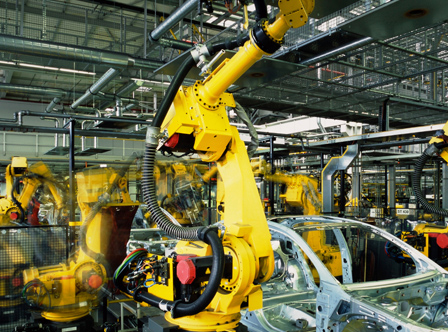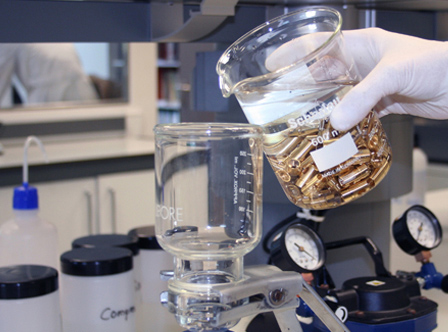PROJECTS


Using advanced tools, the IK4-TEKNIKER R&D centre is offering a service to measure the degree of cleanliness of components. The service analyses the quantity of contaminants present in the components and/or fluids of hydraulic circuits, thanks to techniques like gravimetric analysis and automatic particle counting.
Verifying the presence of contaminating particles in the components and/or fluids of hydraulic circuits is an increasingly important requirement to achieve a reliable performance, cut wear rates and meet the strict cleanliness standards allowing companies to compete on international markets.
Right now, a number of quality control and safety parameters have been established. They require that the components be free of contaminating particles, and meeting these standards may pose a barrier preventing manufacturers accessing various markets and industrial sectors, mainly the automotive sector.
So that companies can access markets with demands of this type, the Basque R&D centre IK4-TEKNIKER has launched a service that allows the degree of cleanliness of the components and/or fluids of hydraulic circuits to be analysed.
The service, which meets international standards, assesses the quantity of contaminants present in the components by means of gravimetric analysis and the automatic classifying and counting of particles, and identifies their nature thanks to the use of advanced technologies and tools.
So it contributes towards extracting, identifying, classifying and counting the particles originating in component manufacturing and assembly processes with the intention of preventing faults that could cause them to malfunction.
This service also includes the global assessment of the quantity of contaminants present by resorting, whenever necessary, to the use of techniques like the imaging analysis or chemical analysis of the particles using Scanning Electron Microscopy-Energy Dispersive Spectrometer (SEM-EDS).
The methodology for testing and the format for expressing the results meet the stipulations in the current regulations on the cleanliness of parts; the ISO 16232, and the VDA-19 guidelines in the automotive sector, the ECSS-Q-ST-70-50C in the aerospace sector, and the ISO 4406 governing the contamination of hydraulic fluids.
Furthermore, the research centre has a methodology enabling it to adapt to the procedures established by customers in a whole host of sectors, such as the automotive sector, electronics or refrigeration. One example of this is the availability of an ISO 7-class clean room for extracting the contaminants in the cases of maximum requirement.
IK4-TEKNIKER is complementing this service with that of the analysis and diagnosis of contaminant typology and origin, thus assisting the customer in determining its nature and origin.



